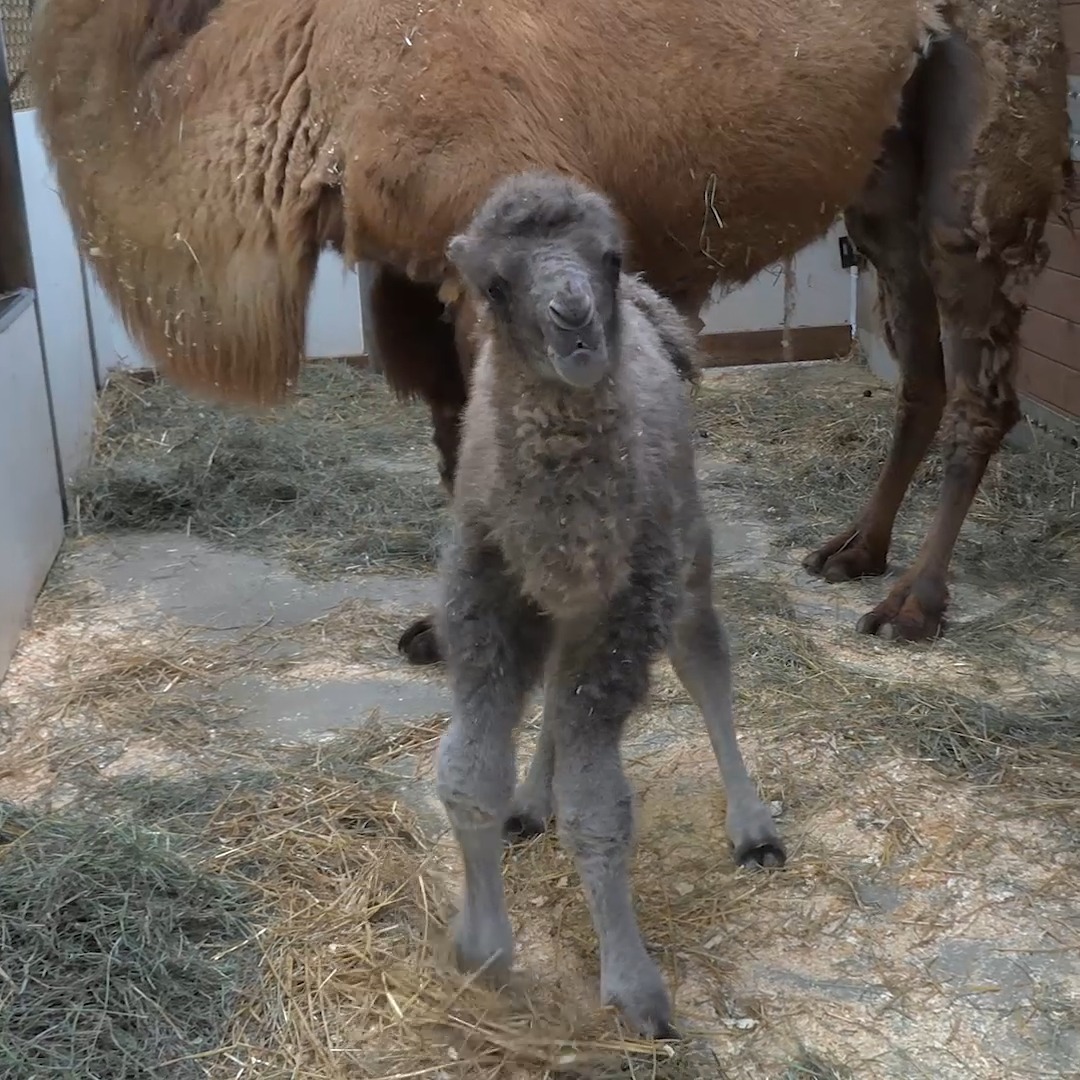- Introduction to Bactrian camels and their ecological significance.
- Details about the birth and developmental milestones of a Bactrian camel calf.
- Discussion on the role of zoos in Bactrian camel conservation and captivity management.
- Examination of health checks and general care practices for newborn Bactrian camels.
- Insights into the challenges and strategies for preserving Bactrian camels in the wild.
A Bactrian camel has recently joined the family, bringing not only joy but also an opportunity to shed light on these remarkable creatures. Often overshadowed by their single-humped relatives, Bactrian camels are critical to understanding desert ecosystems and the delicate balance of biodiversity. These camels are not just charismatic megafauna; they are a linchpin species that tell a broader story about the environments they inhabit.
Bactrian camels are native to the harsh climates of Central Asia, where they are adapted to extreme conditions. Their two humps distinguish them from their dromedary counterparts, allowing them to store fat that can be converted into water and energy—an essential trait for enduring long periods without food or water. Bactrian camels are suited to landscapes that experience drastic temperature shifts, surviving both scorching heat and frigid winters. They play a vital role in their ecosystems, from seed dispersal to providing resources for other species.
The recent birth is a cause for celebration and study. Weighing in at 99 pounds, the Bactrian camel calf is on track with typical birth weight benchmarks. Early life development in camels is crucial, as the first weeks are vital for acclimating to environmental conditions and social structures within the herd. Mothers provide the necessary nutrients and immune protection through their milk, offering a robust foundation for survival. The calf’s growth is meticulously documented, providing insights into the species’ development and contributing to more extensive conservation studies.
Zoos serve a pivotal role in wildlife conservation, acting as guardians of genetic diversity for species like the Bactrian camel. Beyond being attractions, zoos are centers for research, conservation, and education. They provide a controlled environment to understand species-specific needs, behaviors, and health requirements. In captivity, Bactrian camels are monitored for any signs of distress or illness, allowing us to draw parallels with their wild counterparts and develop strategies to support populations globally.
Regarding newborn care, Bactrian camels undergo comprehensive health checks to assess their well-being. Veterinarians conduct physical examinations, monitoring vital signs, reflexes, and weight gain. Detecting potential issues early is essential for ensuring optimal health. Vaccinations and regular check-ups are part of rigorous management protocols to provide these animals with a strong start in life. Such measures are vital, especially for species with a limited wild population, as they bolster conservation efforts designed to prevent extinction.
Preservation of Bactrian camels in the wild remains a formidable challenge. Habitat degradation, climate change, and competition with human activities threaten their survival. Interestingly, domestic Bactrian camels have thrived, serving as vital transport and resource animals in many communities. However, their wild cousins are dwindling. International conservation programs focus on protecting habitats, mitigating human-wildlife conflicts, and promoting sustainable practices that benefit both local communities and ecosystems. Conservationists emphasize the urgency of safeguarding these species as their ecosystems face unprecedented changes.
To summarize, the birth of a Bactrian camel represents a microcosm of broader conservation challenges and triumphs. As these camels tread a fine line between survival and extinction, their journey is a testament to the resilience of nature and the ingenuity of human conservation efforts. The cooperative venture between zoos, conservationists, and local communities is pivotal to nurturing solutions that span beyond the confines of enclosures, aiming to secure a future for Bactrian camels both in captivity and in their rugged native habitats.
*****
Source Description
🚨Baby Alert!🚨
Meet the newest (and fluffiest) member of our family! 😍 A Bactrian camel was born to A.J. and Stan on habitat this past Sunday (4/20)! An exam was given on Monday to check overall health and weight, which was 99 lbs! Everything looks good and mom and baby are doing well.
Boy or girl? Guess and watch until the end! 💚


